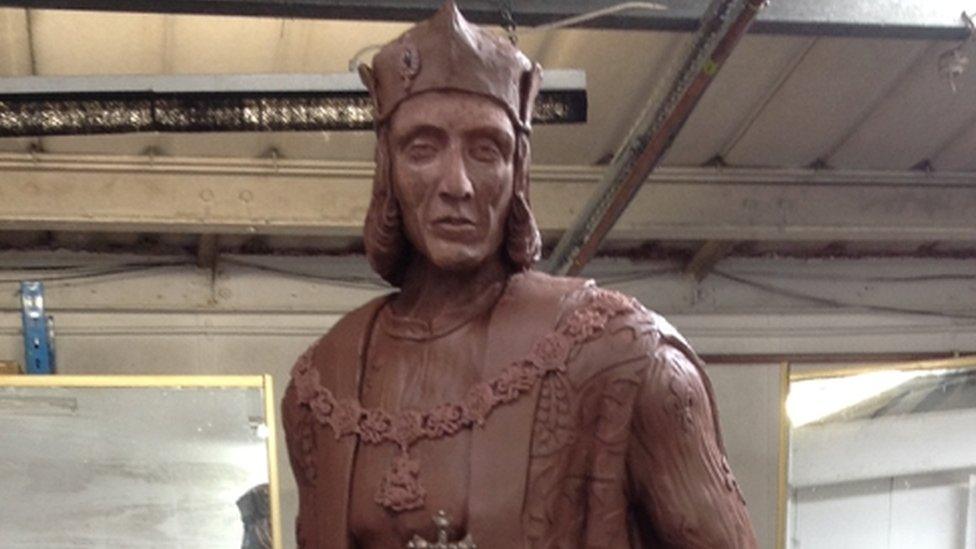Pembroke Castle study uncovers possible Henry VII birthplace
- Published
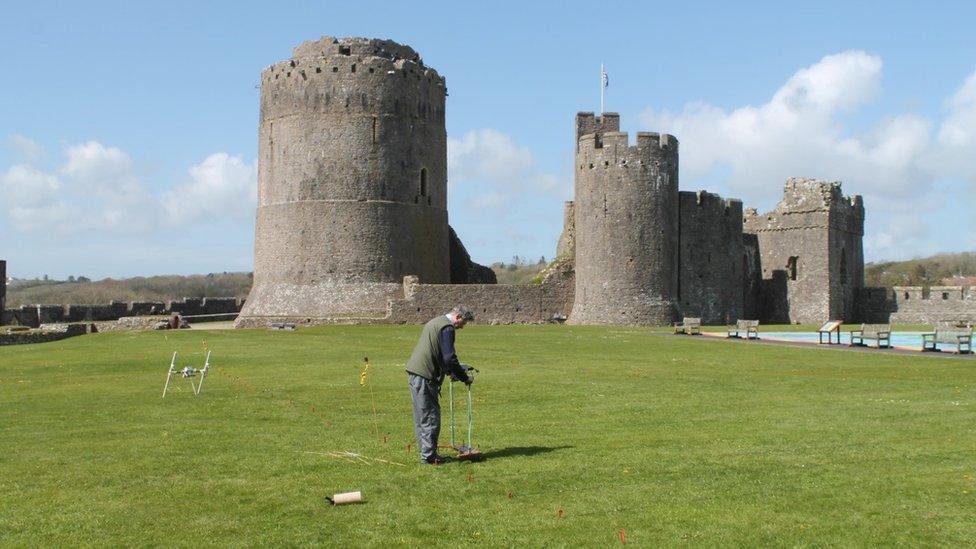
Researchers believe they might have uncovered the location of Henry VII's birthplace at Pembroke Castle.
Aerial photographs from 2013 gave glimpses of what lay beneath the surface, with parch marks revealing possible buildings.
A geophysical survey has now confirmed the outline of a late-medieval building in the outer ward, where the king could have been born.
Neil Ludlow, consultant archaeologist, said it shone new light on the castle.
Much of the interior of the castle, which dates from the 11th Century, was destroyed after the Middle Ages.
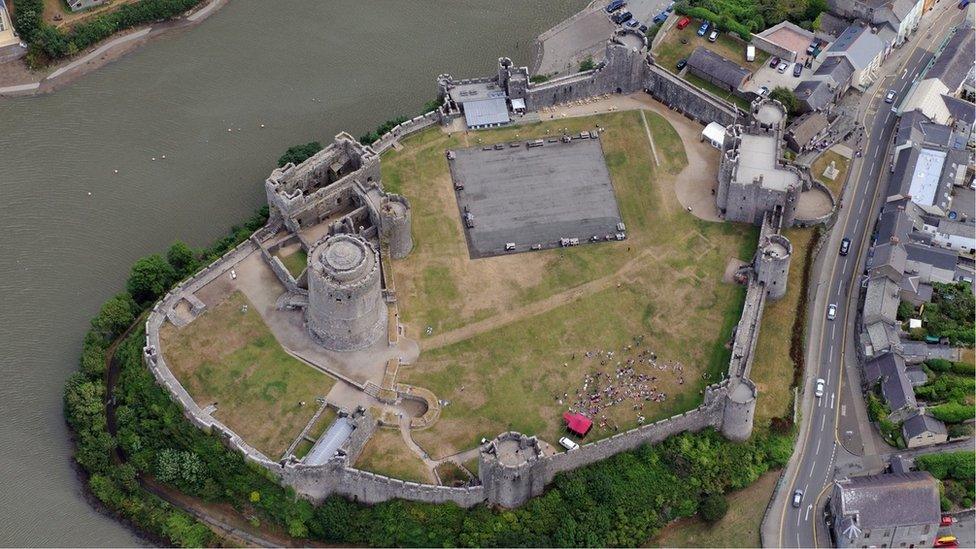
The survey also revealed up to three previously unknown buildings in the inner ward, as well as several buildings and a possible well in the outer ward. All are invisible to the naked eye.
The work was carried out by Dyfed Archaeology Trust and was funded by the Castle Studies Trust.
Mr Ludlow said knowledge of the castle's history "has been increased immeasurably" by the research.
Edward Impey, Castle Studies Trust patron, added: "The survey work carried out by Dyfed Archaeological Trust has greatly advanced our understanding of Pembroke Castle, one of Wales' greatest but also least understood castles."
Henry VII was king of England from August 1485 until his death in 1509.
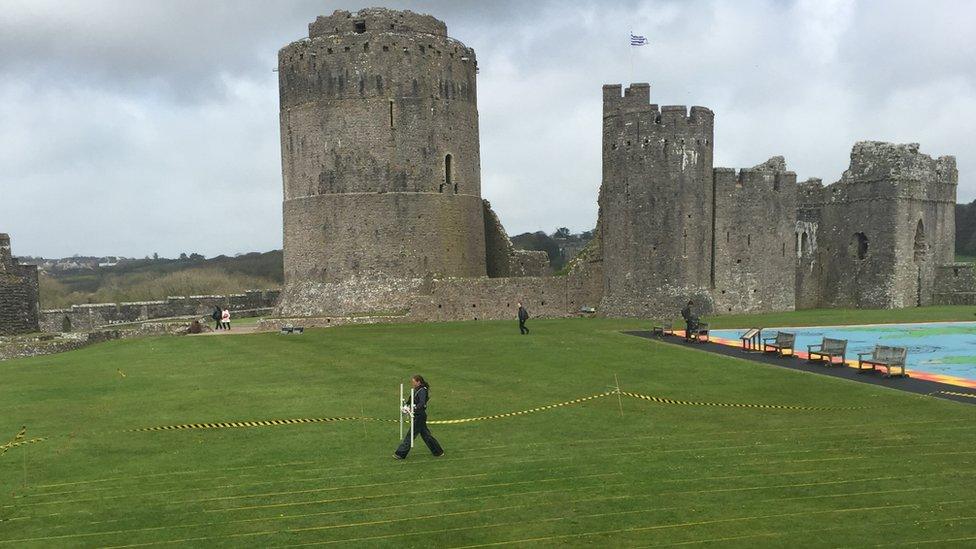
- Published28 February 2016
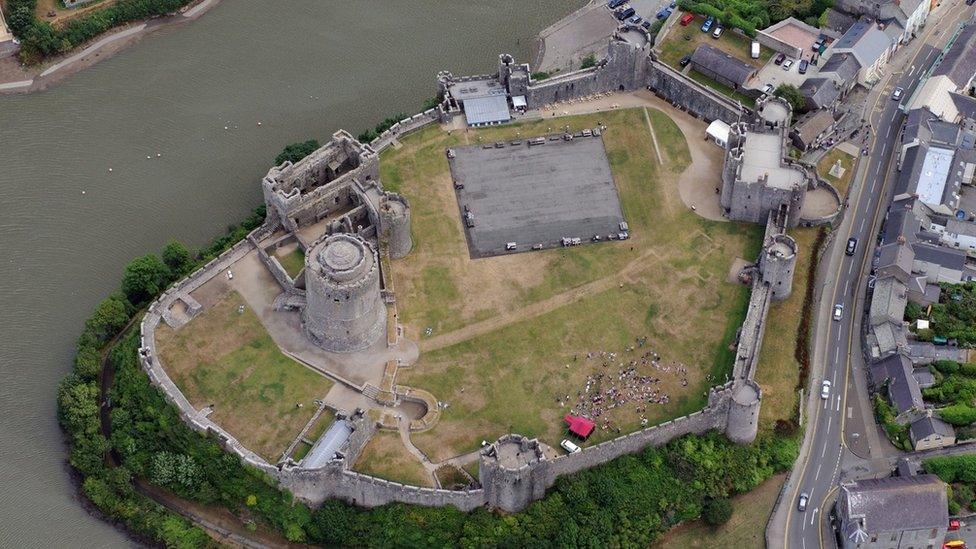
- Published19 October 2016
